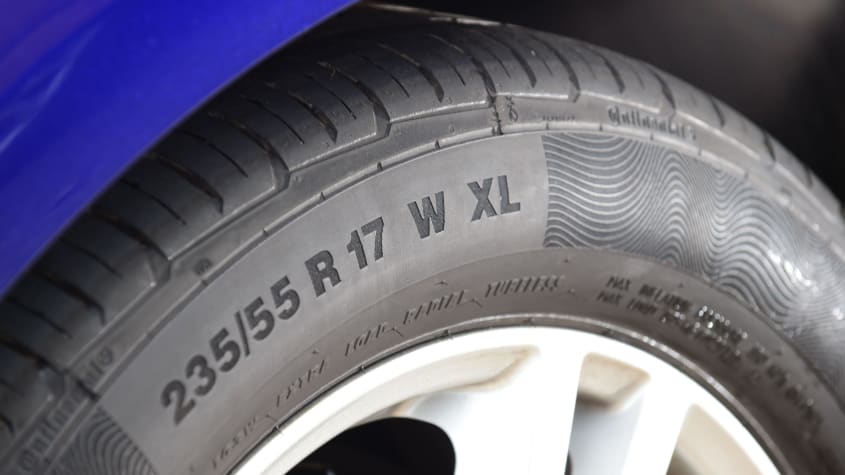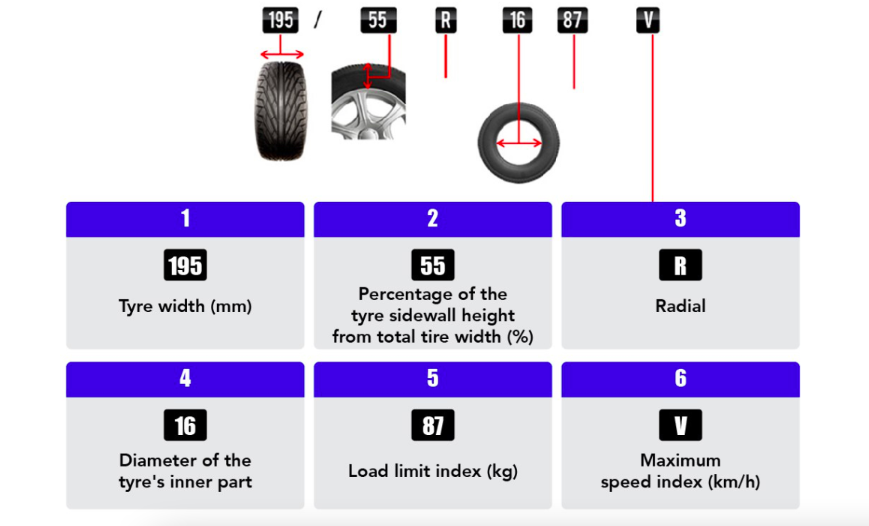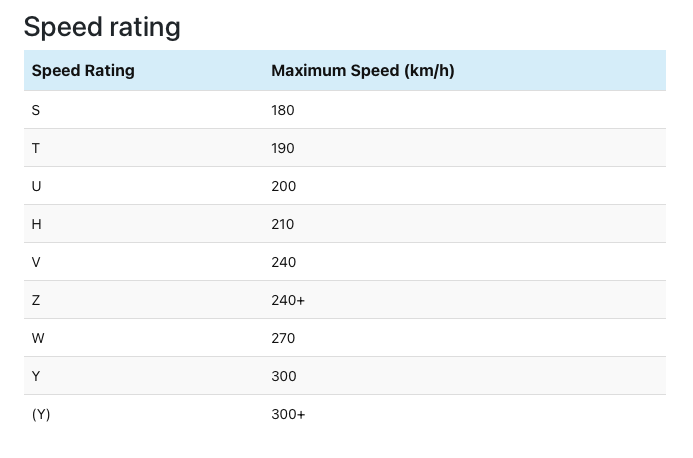Car Tyre Codes Explained: Here's How To Make Sure You Don't Accidentally Buy Expired Tyres
Yes, those letters and numbers on your tyres have a purpose.
Have you ever noticed those series of numbers and letters that appear on the tyres of your car?
Well, if you didn't know before, they actually serve a purpose.
While many Malaysians may not be aware of its importance, various tyres have different codes, and therefore, functions
Each facet of the tyre code contains in-depth information about the tyre, such as its type, size, load capacity, speed that it can accommodate, as well as the week and year it was manufactured.
If one is not careful, you may accidentally buy tyres that are not suitable for your car, or worse — expired. To make it more convenient, we found out all the details on what each number and letter in tyre codes mean, to help you stay informed when purchasing tyres.
Using the image below as an example, here is what each alphabet and number stands for in a tyre:
— First three numbers (195): The width of the tyre in millimetres (mm)
— Second set of numbers (55): Aspect ratio of the tyre by dividing its height off the rim by its width
— First Letter (R): Radial structure
— Third set of numbers (16): Rim diameter in inches (inch)
— Fourth set of numbers (87): Load index in kilogrammes (kg)
— Final letter (V): Speed rating in kilometres per hour (km/h)
While it may seem confusing at first, automobile insurance company Bjak created a descriptive image displaying what each alphabet and number mean, as well as how it is measured.
For car junkies who may be unsure of their own ride, measuring your tyres in relation to its width, sidewall, and diameter, will give you insight into your own car.
Although the first sequence of letters and numbers provide insight into the tyres, the last two parts of the code can also help you decipher details about your car
According to a report by Goodyear, the load index of the tyre's code relates to its maximum carrying capacity, or maximum load, in kg. While obvious to some, it should be reminded that the load index is designated for one tyre, and varies with different vehicles that use a different number of tyres.
A rule of thumb is that tyres with a higher load index number are capable of carrying a heavier load capacity.
To decipher the maximum load your vehicle can carry in relation to its load index, click here.
Aside from that, the final alphabet of the tyre represents the speed rating, which is the maximum speed a tyre can achieve when it is properly inflated and used under load.
There are nine different letters that represent the maximum speed (in km/h) a tyre can reach. Here is each speed rating of the nine letters with its corresponding speed:
When purchasing new tyres for your car, make sure the speed ratings of the tyre match with the speed capabilities of your particular vehicle. This can be found in the manufacturing details of your automobile.
Last but certainly not least, all Malaysian tyres are required to display the week and year it was manufactured
According to an article by Carsome, the date of manufacture for a tyre can be found in the form of a four-digit code on the sidewall of the tyre. The first two digits indicate the week, while the final two digits indicate the year.
Following the image attached below, if the number is 2519, the tyre was made during the 25th week of the year 2019 (some time in June of that year).
Furthermore, a write-up by Bjak also revealed that tyres are generally used for a period of five years from the date of manufacture. While this may not be always the case, tyres over five years old can also be used though the rubber may become harder.
Consequently, make sure to check the date of manufacture of your tyres when purchasing them, so you won't need to change your tyres frequently. Newly manufactured tyres would be able to sustain your vehicle for a longer period of time.






